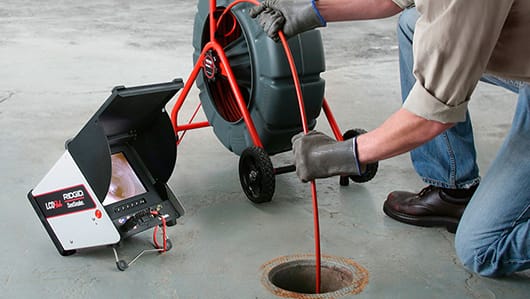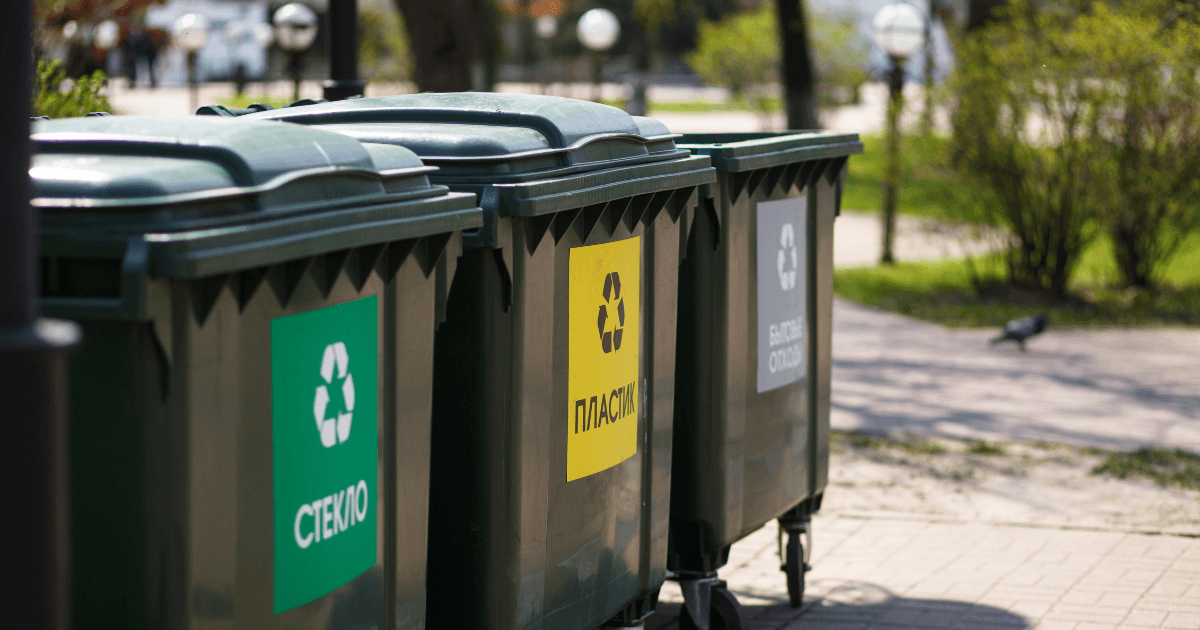When it comes to maintaining a home, the unseen elements are often the most overlooked—and the most critical. Sewer lines, buried deep underground, carry away the waste from our homes quietly and efficiently. However, just because they’re out of sight doesn’t mean they should be out of mind. Regular sewer line inspections are one of the most important preventive measures a homeowner can take to protect their home, avoid costly repairs, and ensure the health and safety of the household.
To truly understand why these inspections are vital, let’s break down the subject to its core principles and examine the impacts, benefits, and risks of neglecting sewer line maintenance. In this article, we will deconstruct traditional assumptions around home maintenance and explore why sewer line inspections aren’t just an occasional necessity but a must in the modern world.
The Fundamentals: What Does a Sewer Line Do?
Before understanding why sewer line inspections are crucial, it’s essential to comprehend the basic role that sewer lines play. Sewer lines transport wastewater and sewage from a home’s plumbing system to the municipal sewer or a septic tank. This underground infrastructure carries out a vital task: ensuring that harmful waste products are properly and safely removed from your home.
The key point is that sewer lines are under constant stress. They handle waste materials, chemicals, grease, and food debris, and over time, they are subject to wear and tear from external factors such as shifting soil, tree roots, and natural degradation of materials. A small crack or blockage today can lead to severe damage tomorrow, which is why preventive inspections are critical to identifying problems before they escalate.
Why Preventive Maintenance is Essential
Sewer line problems can arise from various causes: age, material degradation, tree root intrusion, blockages from waste or grease, or even ground movement. These problems are typically invisible until they manifest as major disruptions, such as:
- Slow drains throughout the house
- Sewage backups
- Foul odors in or around the home
- Flooding or soggy areas in the yard
The purpose of regular sewer inspections is to catch small issues early before they snowball into large, expensive problems. But why do many homeowners delay these inspections? There’s a common misconception that if the sewer line isn’t causing noticeable problems, it’s functioning correctly. This assumption overlooks the fact that sewer line issues develop slowly over time and may not cause visible signs until significant damage has already occurred.
The Hidden Costs of Inaction
When thinking in terms of first principles, consider the basic components of a sewer line: it is a system of pipes moving waste using gravity. Over time, gravity also leads to the settling of waste within the pipes, and external pressures from tree roots or shifting earth can compound the issue. These factors create a closed system, which means any failure or blockage in one section impacts the entire system, leading to backups and potential flooding.
If left unchecked, sewer line problems can result in:
- Expensive emergency repairs: The cost of fixing a blocked or broken sewer line can easily run into the thousands of dollars, particularly if excavation is required.
- Damage to the home’s foundation: Leaking sewer lines can cause water to accumulate near the foundation of a home, leading to structural damage and costly repairs.
- Health hazards: A cracked or broken sewer line can lead to contamination of groundwater or cause sewage to back up into the home, exposing residents to harmful pathogens.
The True Cost of Emergency Sewer Repairs vs. Regular Inspections
Many homeowners put off sewer inspections because of the perceived cost, but a deeper look at the numbers reveals that regular inspections are far more cost-effective than dealing with an unexpected emergency. The average cost of a sewer line inspection ranges from $150 to $300, depending on location and the complexity of the system. On the other hand, the cost of sewer line repair—particularly when digging and replacing part of the line is involved—can range from $3,000 to $10,000 or more.
The financial difference is staggering, and beyond just money, emergency repairs come with the added stress of dealing with potential sewage backups and damage to your home.
Health and Environmental Impacts
While sewer line issues may seem like a purely functional concern, the health and environmental implications are significant. A blocked or broken sewer line can expose you and your family to harmful bacteria and viruses, particularly if sewage backs up into your home.
Water Contamination
A less obvious but equally serious issue arises when a damaged sewer line begins to leak sewage into the surrounding soil. This leakage can contaminate groundwater and nearby water sources, leading to environmental degradation and posing a risk to local wildlife. In regions where homes rely on well water, a sewer leak can directly impact drinking water safety.
The Process of a Sewer Line Inspection
Sewer inspections have become much less invasive and more efficient with the advent of modern technology, particularly sewer camera inspections. These inspections involve running a small, high-definition camera on a flexible cable down the sewer line to visually inspect its condition.
This non-invasive method offers a comprehensive view of the system, allowing professionals to identify problems like cracks, root intrusion, blockages, or corrosion without needing to dig up the yard. After the inspection, homeowners receive a detailed report of the condition of the sewer line, and if any problems are detected, they can plan for repair work before an emergency arises.
Frequency of Inspections
A common question is how often sewer lines need to be inspected. The answer varies depending on the age of the home, the materials used in the sewer line, and local environmental factors like tree root growth or ground movement. As a general rule, sewer lines should be inspected every 1-2 years, with more frequent inspections recommended for older homes or properties with known risk factors, such as heavy tree cover near the sewer line.
When Should You Schedule a Sewer Inspection?
While it’s easy to say that sewer lines should be inspected regularly, there are certain situations where inspections are especially critical. These include:
- Before buying or selling a home: Many homebuyers focus on visible problems during a home inspection but overlook the importance of checking the sewer line. A faulty sewer line can lead to major post-purchase expenses.
- After major weather events: Flooding or earthquakes can shift underground structures, leading to breaks or shifts in the sewer line that might not be immediately obvious.
- Recurring plumbing issues: If you notice frequent clogs, slow drains, or unusual gurgling sounds in multiple parts of the house, it’s worth getting the sewer line checked.
The Role of Sewer Inspections in Sustainability
While preventive maintenance is usually framed as a financial investment, it’s also worth considering the environmental benefits of regular sewer inspections. A well-maintained sewer system reduces the risk of environmental pollution caused by leaks, protecting local ecosystems and water supplies.
Moreover, reducing emergency repairs by addressing issues early minimizes the carbon footprint associated with extensive digging and infrastructure repair. The resources required for major repairs—excavators, new piping, and construction materials—add to a home’s environmental impact. Therefore, sewer inspections aren’t just about protecting your home; they also align with broader goals of sustainable homeownership.
Conclusion: A Must for Every Responsible Homeowner
Sewer line inspections may not be the most glamorous part of homeownership, but they are essential for maintaining a safe, efficient, and cost-effective household. By taking the time to schedule regular inspections, homeowners can catch small issues early, avoid major financial and health risks, and contribute to environmental protection.
While it’s easy to focus on more visible aspects of home maintenance, sewer lines are the lifeline of your home’s plumbing system, and ensuring their proper function is one of the smartest investments you can make in your property. Whether you’re trying to save money, prevent a disaster, or simply be proactive in your home’s upkeep, regular sewer inspections are no longer just an option—they’re a must.
FAQ Section
How often should I get my sewer line inspected?
Most experts recommend inspecting sewer lines every 1-2 years, especially for older homes or homes with large trees nearby.
What are the most common problems found in sewer inspections?
Tree root intrusion, blockages from grease or debris, pipe corrosion, and small cracks that could expand over time are among the most common issues.
Can a sewer line inspection prevent expensive repairs?
Yes, identifying small problems early through regular inspections can prevent them from becoming large, costly repairs that involve digging up your yard or replacing large sections of pipe.
What is the average cost of a sewer line inspection?
Sewer line inspections typically cost between $150 and $300, depending on the location and complexity of the sewer system.
By following these guidelines and scheduling regular inspections, homeowners can ensure their sewer system remains in good health, avoiding both financial strain and the environmental impact of emergency repairs.





